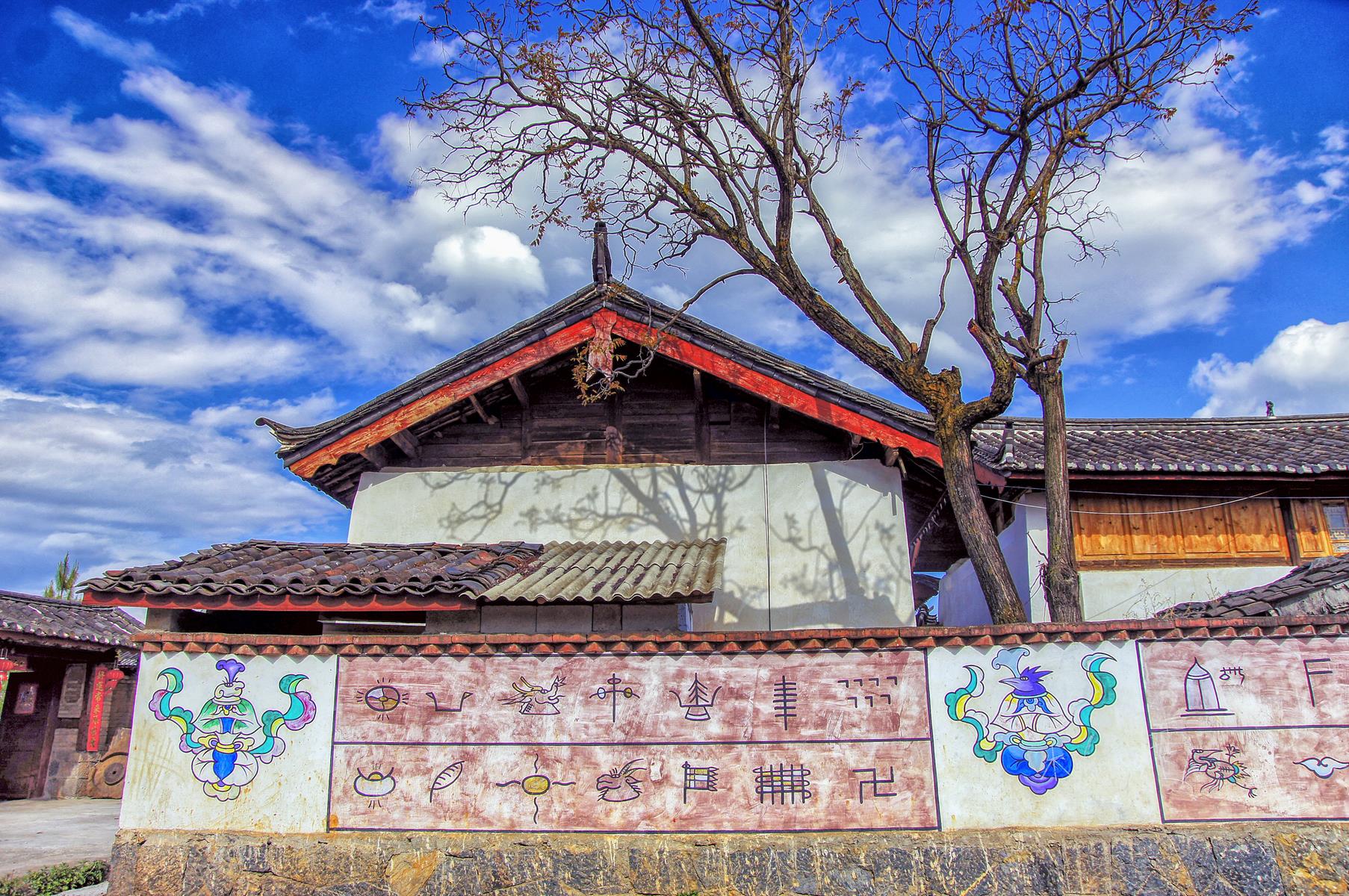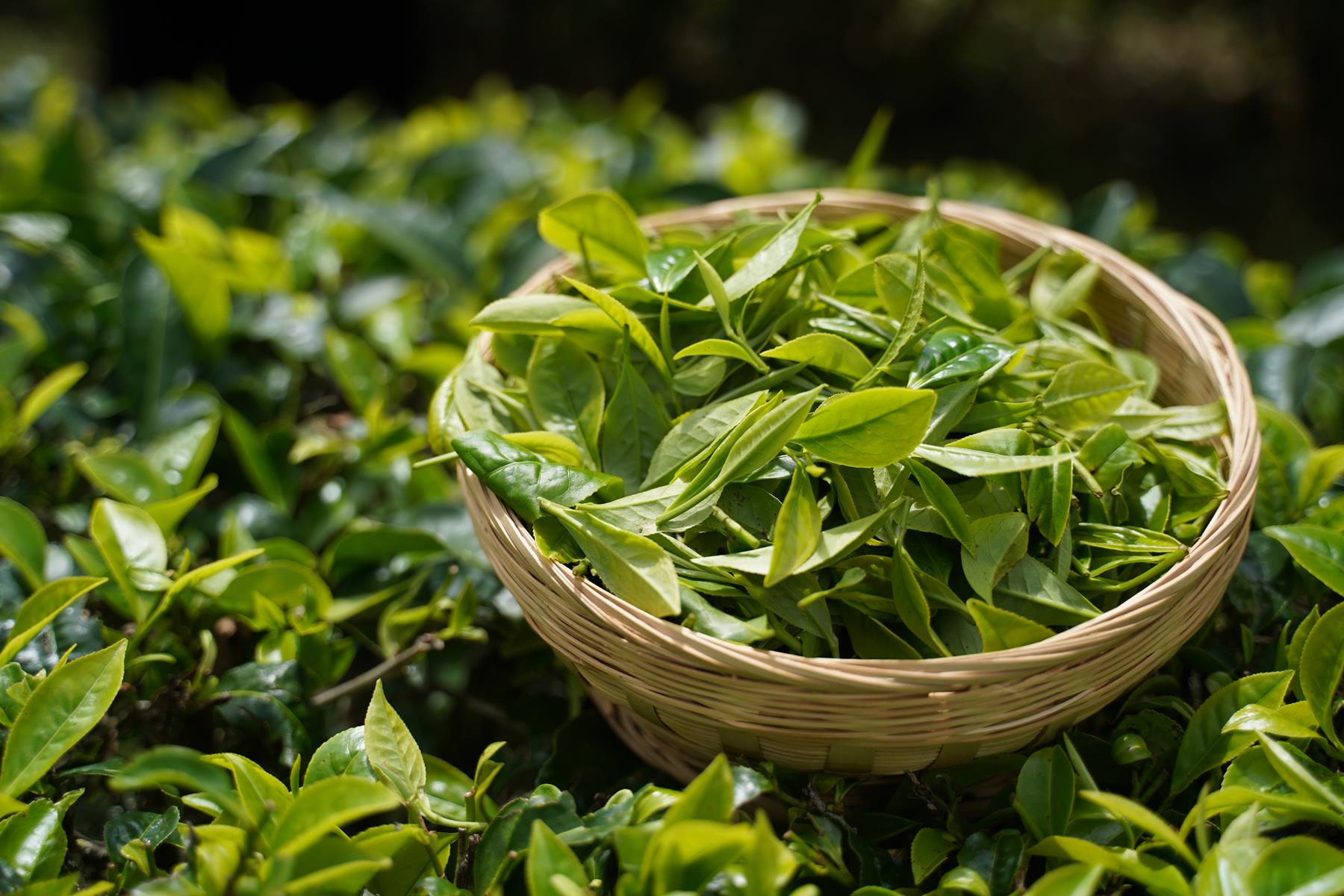Yunnan's national intangible cultural heritage_02



2. The Art of Pu’er Tea Production (Imperial Tea Production Technique)

Pu'er tea from Yunnan, particularly from regions such as Ning'er Hani and Yi Autonomous County and Menghai County, has evolved over centuries, developing a unique and exquisite production technique. The Pu'er tea production technique of Ning'er County, also known as the "Imperial Tea Production Technique," is the result of countless generations of tea farmers who, through years of practice, have accumulated knowledge and wisdom, passing it down through the ages.

This technique is deeply intertwined with the local customs and cultural traditions. Before each harvest season, tea farmers conduct a solemn ceremony to honor the "Tea God," offering sacrifices in hopes of a bountiful harvest and high-quality tea leaves. This ritual marks the formal beginning of the Pu'er tea production process. During the harvest, farmers strictly follow traditional selection criteria, carefully choosing the ideal time and location for picking, ensuring only the finest tea leaves are selected, each brimming with the essence of nature.

The production process itself is equally meticulous. The leaves are first pan-fired and gently bruised, a step that requires perfect control over the heat to preserve the fresh, vibrant fragrance of the leaves. Then follows the making of sun-dried green tea, with steps including steaming, kneading, pressing, shaping, and finally, natural air-drying. This series of delicate processes imbues the Pu'er tea with its distinctive flavor and fragrance.

Making Pu'er tea is not merely a craft—it is an art. Every leaf picked and every step in the process carries the careful attention and skill of the tea master. The resulting Pu'er tea is a perfect fusion of nature, time, and human wisdom. Each sip of Pu'er tea feels like tasting the spirit of Yunnan's mountains and rivers, steeped in the essence of centuries past. With every taste, there lies an endless depth of flavor and an unforgettable aftertaste.

In 2008, the "Pu'er Tea (Imperial Tea) Production Technique" was included in the second batch of China’s national intangible cultural heritage list. In 2022, it was further recognized as a masterpiece of human intangible cultural heritage by UNESCO.

3. Dali Bai Ethnic Tie-Dyeing

Let us step into the world of Yunnan's unique intangible cultural heritage and experience its ancient yet distinctive charm.

Dali Bai Ethnic Tie-Dyeing, also known as "Jiaxie," "Zaxie," or "Jiaoxie," is an ancient and intricate textile dyeing technique that has been passed down through generations. Its fresh and elegant patterns, coupled with exquisite craftsmanship, make it stand out as a unique gem in China’s folk art tradition. The essence of tie-dyeing is like a refined poem—vivid but not ostentatious, delicate yet profound.

The process of making tie-dye is complex and meticulous, typically starting with plain white cotton or cotton-linen fabric, and using indigo dye extracted from plants. The procedure involves sketching patterns on the fabric, tying it tightly in specific ways, soaking it in the dye, steaming, drying, untying, rinsing, and finally pressing the fabric to reveal the artwork. Among all the steps, the art of tying and dyeing is the most crucial, as it forms the soul of the technique.
The patterns in Dali Bai tie-dye often draw inspiration from nature and daily life. The fabric is imbued with images of the clouds over Cang Mountain, the waves of Erhai Lake, as well as birds, flowers, fish, insects, and the shadows of towers and butterflies. These motifs come to life, as if paying homage to the spirit of all living things. Each piece of dyed cloth embodies a connection between the Bai people and nature, with designs that are simple yet lively—small totems that capture the essence of the natural world.

Historical records indicate that dyeing and weaving techniques were already practiced in the Dali region during the Eastern Han Dynasty. In the 16th year of the Tang Dynasty's Zhenyuan reign, the Nanzhao dance troupe visited Chang’an and presented costumes decorated with patterns of birds, beasts, plants, and trees—evidence of early tie-dyeing.
Today, the most representative region for Bai tie-dyeing is in the town of Xizhou, Dali, particularly in Zhoucheng Village, where "every family has a dye vat, and every household produces tie-dye." In 1996, Zhoucheng was named "The Home of Bai Tie-Dyeing Art" by the Ministry of Culture. In 2006, the Bai tie-dyeing technique was included in the first batch of national intangible cultural heritage projects, becoming a cultural treasure of Dali and Yunnan.
4. Naxi Dongba Painting
Dongba painting is the most representative form of traditional Naxi art. Through its unique patterns and symbols, this art form conveys the Naxi people's profound understanding and reflections on nature, the universe, life, and human destiny, shaped by their interactions and cultural exchanges with other ethnic groups.

The creation of Dongba paintings primarily uses materials such as wooden plaques, Dongba paper, and hemp cloth. Artists use self-made bamboo brushes dipped in pine soot ink to sketch the outlines, and then apply various natural pigments to color the images. The result is a vibrant and long-lasting work of art, whose vivid colors have remained unchanged for centuries, as if the passage of time has only added to its vitality and unique artistic allure.

In 2006, Naxi Dongba painting was included in the first batch of China’s national intangible cultural heritage representative items, becoming one of the treasures of the Naxi culture. Today, Dongba paintings not only play an important role in adding festive atmosphere during Naxi festivals and celebrations but also serve as a major cultural highlight in Lijiang's tourism, attracting visitors from all over the world.

Dongba painting is more than just an artistic expression—it is the Naxi people's unique way of interpreting the world, nature, and life. Each painting is a condensation of history, belief, and emotion, a memory of a thousand-year-old culture, and a timeless showcase of artistic beauty that transcends time and space.









